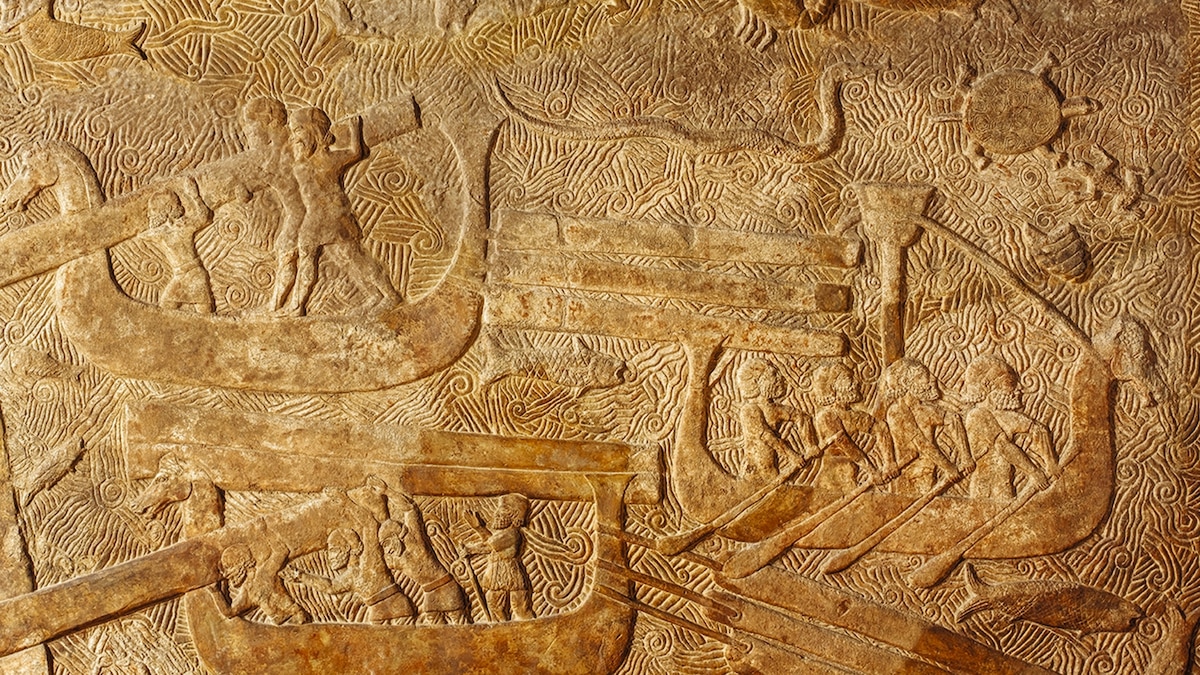Now Reading: Phoenicians Unveiled: Archaeologists Decode an Ancient Civilization
1
-
01
Phoenicians Unveiled: Archaeologists Decode an Ancient Civilization
Phoenicians Unveiled: Archaeologists Decode an Ancient Civilization

Speedy Summary
- The Phoenicians, as a collective entity under that name, never existed according to primary sources and archaeological data.
- Ancient accounts by Greeks, Romans, and biblical texts frequently enough misrepresented these people as a unified group originating outside the Levant.
- “Phoenician” is a Greek term linked to purple dye craftsmanship or possibly skin tone; it’s not how they identified themselves.
- Archaeological evidence establishes that the Phoenicians were culturally and linguistically direct successors of the Canaanites. Their cities like Tire, Sidon, and Gebal were self-governing hubs established much earlier than previously thought (third millennium B.C.).
- Key contributions: They played a major role in developing essential trade networks in textiles, wood, and metals; invented an alphabet influencing modern writng systems for Semitic languages.
- Religious practices retained strong ties with Canaanite roots but evolved through external cultural exchanges (e.g., Assyrians).
Images from Article:
- Nora Stone – An early 9th/8th-century B.C. Phoenician inscription found on Sardinia referenced ancient trade routes.
- Temple of Obelisks (Gebal) – Representing cultural development between 1600-1200 B.C.
- Artifacts: Iconic gods like Resheph (war/plague) & Astarte also show regional exchange influences.
Indian Opinion Analysis
The revelation that the “Phoenicians” were not unified under one identity but instead comprised independent city-states offers critical insights into past narrative constructions based on scant evidence-something applicable universally across ancient civilizations like India’s Indus Valley Civilization debate.
For India:
- Linguistic continuity in Semitic alphabets mirrors India’s script evolution debates about Harappan influences on Brahmi scripts today regarding shared storytelling mark crossroads globally ensuring nuanced interpretations!
Stay Informed With the Latest & Most Important News
Previous Post
Next Post
Previous Post
Next Post
Loading Next Post...
























